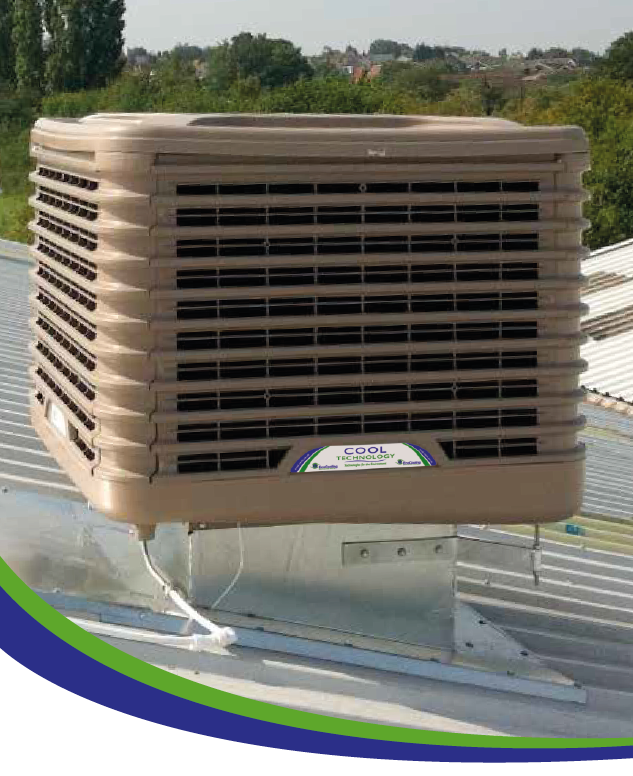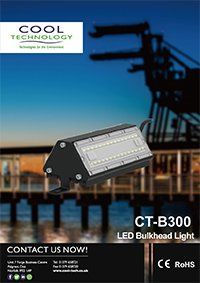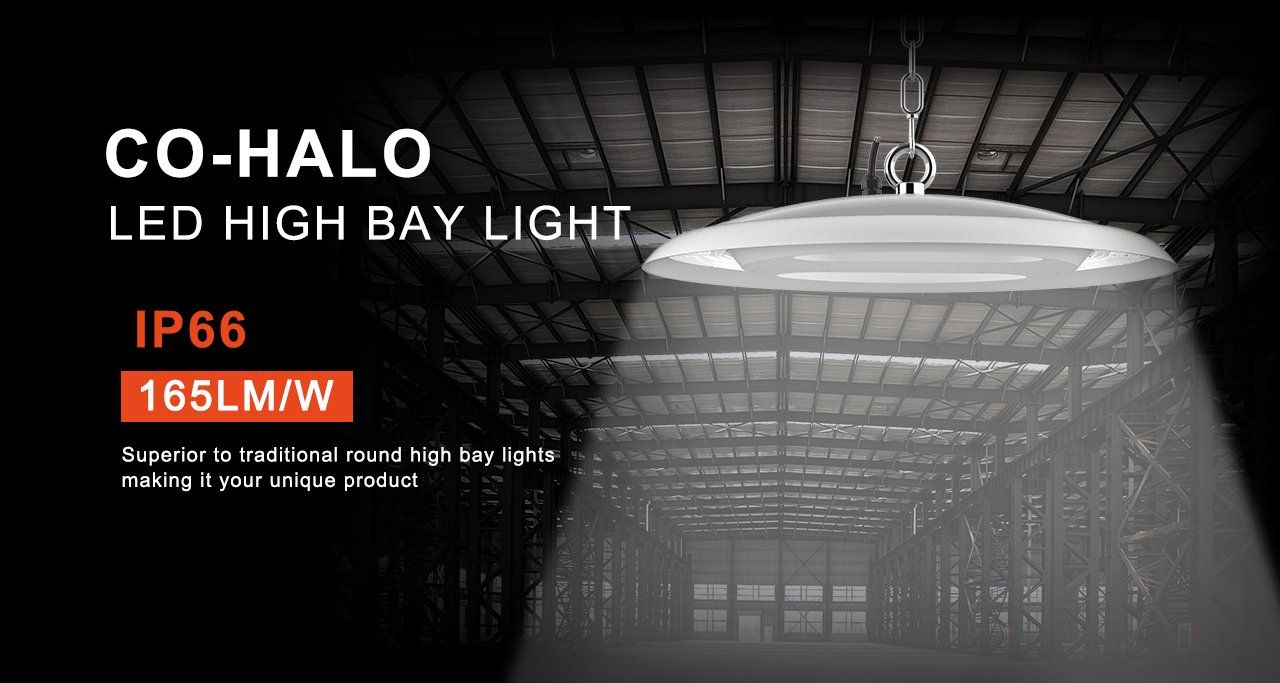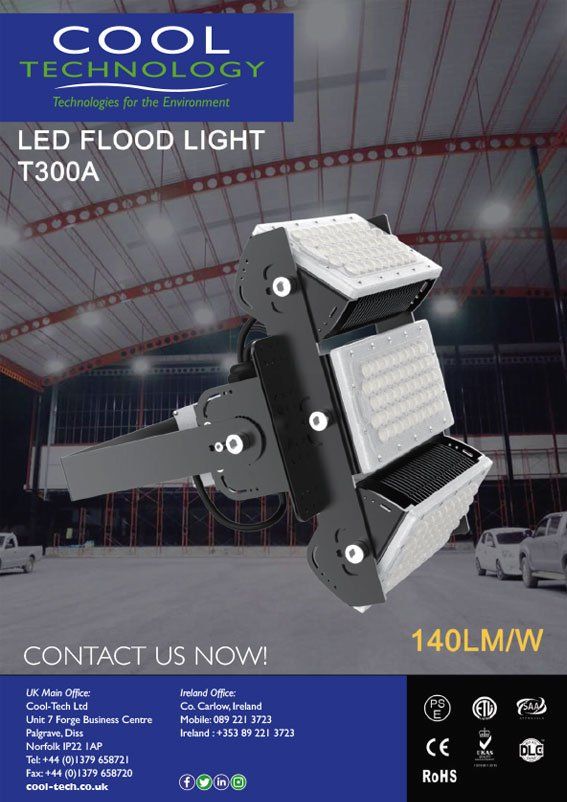Say NO to hydrofluorocarbon refrigerants with eco-cooling
Excessive heat in the workplace makes people feel sluggish, tied and dull. It also affects a shocking number of the ingredients and materials used to make products, the products themselves, and the critical processes involved in running a successful business. At the same time traditional air conditioning can have a catastrophic impact on the climate.
The world needs an energy-efficient cooling solution. We need tech that doesn’t use any dangerous chemicals. And it has to be easy and affordable to buy, install and retro-fit as well as cheap to run.
Luckily the solution is already here. Evaporative cooling is the answer. It works brilliantly without as much as a sniff of the dodgy hydrofluorocarbon refrigerants used in regular air conditioning. And that makes it the most eco-friendly alternative to air conditioning on the planet.
The problem with hydrofluorocarbon refrigerants
The refrigerants used in air conditioning units are usually hydrofluorocarbon refrigerants, and they’re a major contributor to global warming. These powerful greenhouse gases aren’t just harmful to the climate, they also mean an aircon system must be inspected regularly, adding extra costs.
Hydrofluorocarbons contain organic compounds made up of hydrogen, fluorine, and carbon. They don’t occur naturally, they’re made especially to use primarily as refrigerants and have been widely used since the late ‘80s, when the Montreal Protocol phased out the incredibly nasty chemicals like halons and chlorofluorocarbons – CFCs – that were making an enormous hole in the planet’s ozone layer. While HFCs don’t deplete ozone they have an equally sinister impact as potent greenhouse gases, which is why they’ve been increasingly strictly regulated since the turn of this century.
So on the face if it some HFCs look harmless enough. They don’t smell or burn, they’re stable chemicals, and they don’t react with anything much. On the other hand because some of them form liquids at room temperature they’re used as refrigerants in a wide range of cooling systems, in fridges and freezers as well as car and building aircon units.
Once they enter the earth’s atmosphere HFCs decompose quite fast compared to CFCs, which can stick around for a century in the atmosphere. But they break down in the lowest part of our atmosphere, the troposphere, where the carbon-fluorine bonds they contain trap infrared rays from the sun and send radiant energy toward the ground. This horrible ‘positive radiative forcing effect’ contributes dramatically to climate change.
In 2007 the average 100 year global warming potential of these HFCs was estimated at 3770 times more than CO2, and that’s pretty scary. But some of them are a lot worse, for example HFC-23, AKA trifluoromethane, stays in the atmosphere for 270 years and its 100 year global warming potential is a horrific 11,700 times more than CO2.
Evaporative Cooling is cleaner, cheaper, greener, and works harder
Air con re-circulates indoor air inside a closed system, with no fresh air coming in from the outdoors. In businesses where there’s a lot of dust or dirt, smells or fumes, they’re re-circulated along with the air. You can filter them out but that means investing in yet more tech and it’s tricky as well as unreliable. Sometimes it’s impossible.
Evaporative cooling forms part of a balanced ventilation system, where the air indoors is constantly being replaced with fresh air. Pollutants are removed without a fuss, with no need for costly filtration.
The risk of airborne diseases spreading is slashed. CO2 is kept within acceptable limits. The systems use just 10% of the energy of air conditioning. The capital outlay is also impressively low at less than half the cost of aircon. It cools enormous spaces efficiently and effectively. And you don’t have to cool an entire space, you can ‘spot cool’ specific areas that need it most.
If your air con is on its last legs, you’re replacing it to bring your CO2 targets closer, or you’re building a brand new premises for your business, evaporative cooling will do a brilliant job as well as saving you a fortune and helping the organisation fight climate change. If that sounds good, get in touch for an interesting and inspiring discussion.










